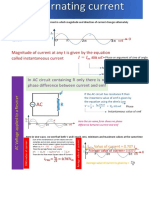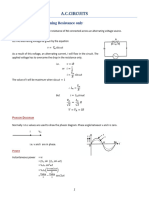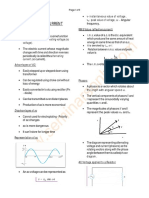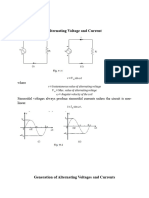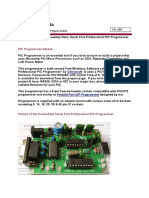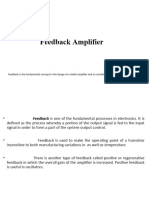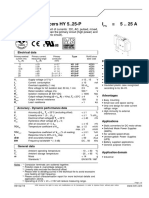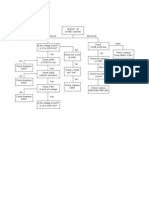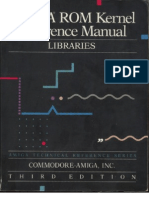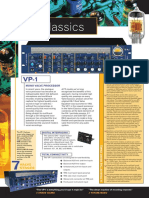0% found this document useful (0 votes)
29 views48 pages7 AC Circuits 1
The document presents an overview of alternating currents (AC), detailing its characteristics, mathematical representations, and comparisons with direct current (DC). It explains concepts such as RMS values, phase relationships in circuits with resistors, inductors, and capacitors, as well as the operation of transformers. Additionally, it discusses the advantages and disadvantages of AC compared to DC, including applications and efficiency in power transmission.
Uploaded by
jadejadhruv03Copyright
© © All Rights Reserved
We take content rights seriously. If you suspect this is your content, claim it here.
Available Formats
Download as PPTX, PDF, TXT or read online on Scribd
0% found this document useful (0 votes)
29 views48 pages7 AC Circuits 1
The document presents an overview of alternating currents (AC), detailing its characteristics, mathematical representations, and comparisons with direct current (DC). It explains concepts such as RMS values, phase relationships in circuits with resistors, inductors, and capacitors, as well as the operation of transformers. Additionally, it discusses the advantages and disadvantages of AC compared to DC, including applications and efficiency in power transmission.
Uploaded by
jadejadhruv03Copyright
© © All Rights Reserved
We take content rights seriously. If you suspect this is your content, claim it here.
Available Formats
Download as PPTX, PDF, TXT or read online on Scribd
/ 48



